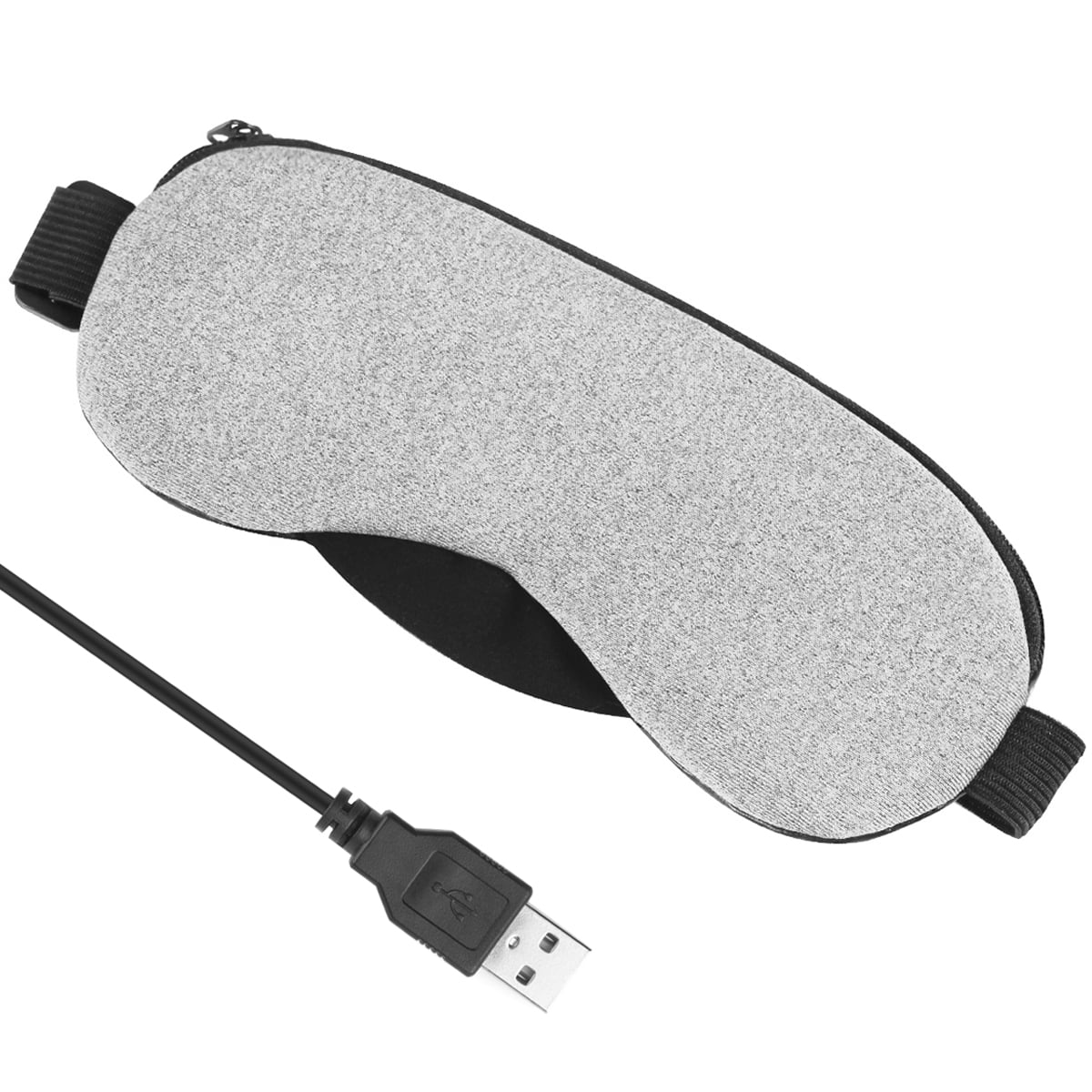

The first cloth is then rolled into a cylinder. Prior to wetting the towels, each cloth is folded, as shown in Figure 2. Folding, wrapping, and wetting the towels in a bundle. Related: Diagnosing and treating lagophthalmos A convenient reference is outlined in Table 1.
#WARM EYE COMPRESS BLEPHARITIS HOW TO#
The following section details the necessary items to perform this method, along with how to prepare and heat the towels for use. This also frees the patient to conduct treatment at any comfortable location rather than having to remain near the microwave. Making the bundle large enough to supply a 10-minute treatment eliminates the time and inconvenience of needing to reheat a warm compress during the treatment. The concentric geometry of the bundle facilitates heat retention of the inner towels while the outer towels are being used. The Bundle method involves heating several moistened cloth towels, wrapped together, into a circular bundle as shown in Figure 1. Because the performance of the Bundle method elevated all measured eyelid temperatures above a therapeutic 40☌, its design and preparation will be further described for practical use. This method has been named the Bundle method. The only compress which was shown to elevate inner eyelid surfaces (where the MGs are located) above a therapeutic temperature of 40☌ after the 10-minute heating period was the heated moist towels that were wrapped in a bundle. The methods tested included several commercially available beaded masks, a chemically activated heating compress, a rice bag, an electronic mask, and two methods of applying moist heat.

Related: A new tool for managing ocular surface diseaseĪ recent study compared the efficacy of heat transfer to the outer and inner eyelid surfaces of eight different warm compress methods. In addition, because the cornea is more susceptible to corneal warpage when it is heated, patients should be advised not to massage their lids during or immediately after warm compress application. The compress needs to be replaced with a freshly heated compress every two minutes.
#WARM EYE COMPRESS BLEPHARITIS SKIN#
17 WCs applied to the outer lid surface must maintain a consistent 45☌ (113☏) in order for the therapeutic heat to reach the MGs, ideally >40☌ (104☏).įorty-five degrees Celsius, when the heat source is steadily cooling from the time of application, can be applied safely against the external eyelid skin without risking thermal injury for the duration of a treatment, but heat needs to be applied for a minimum of four to six minutes in order for the heat to pass through anatomical barriers that naturally shield the glands, e.g., skin, fat, the tarsal plate, and vasculature of the eyelids. Unfortunately, most patients performing WCs find themselves unenthusiastic about the procedure due in part to the lack of personal results, the laborious nature of the application, and/or the lack of instructions about how to optimize their efficacy.Ī 2008 study determined the following key features to increase the effectiveness of a WC.

Some unique methods have been described to heat eyelids, including hard-boiled eggs, heating lamps, and even baked potatoes. Warm compresses come in many designs, ranging from various homemade versions heated in a microwave to self-heating, commercially available masks and goggles. Related: Diagnosing and treating dry eye with technology The challenge with any form of front surface lid heating is to transfer therapeutic levels of heat to the meibomian glands (>40☌/104☏), 14 while not risking thermal injury to the ocular surface or the skin. However, warmer is not better for the ocular surface. This is especially true for more advanced disease. 8-13 In terms of supporting gland function, it has been established that warmer is better when it comes to WCs. The goal is to stabilize the tear film and provide the ocular surface with adequate defense against evaporative stress. 7 While the core therapy for MGD is to remove obstruction, which requires an in-office procedure, the therapeutic goal of adjunctive WC use is to heat the eyelids to help soften and partially melt any remaining material obstructing the glands. Warm compresses (WCs) are commonly recommended as supplementary therapy for MGD as well as a number of other conditions of the eyelid.

3-5 Recent data from a general Caucasian clinical population, using appropriate metrics for diagnosis, indicates similarly high prevalence ~70 percent. 2 The prevalence of MGD in several large general Asian population-based studies has been found to be as high as 69 percent. Meibomian gland disease (MGD) is a chronic, progressive disease and the leading cause of dry eye 1 (up to 86 percent of all dry eye sufferers have MGD).


 0 kommentar(er)
0 kommentar(er)
